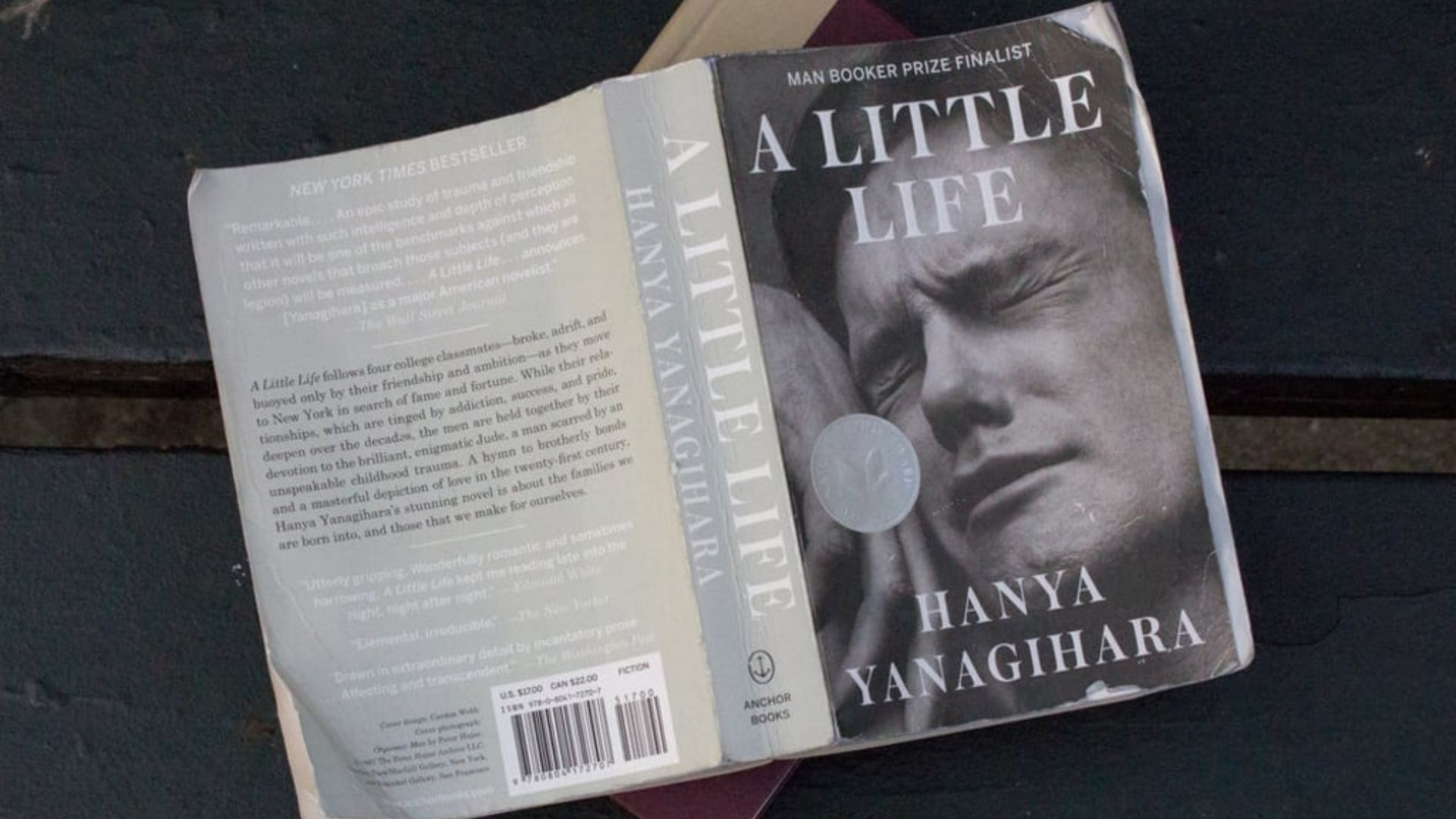
FAQ About A Little Life

What is the role of memory and flashback in "A Little Life"?
Memory and flashback play a significant role in "A Little Life" by Hanya Yanagihara, contributing to the novel's structure, character development, and thematic depth. Here's how memory and flashback are utilized in the narrative:
- Revealing Traumatic Pasts: Memory and flashback are essential tools for gradually revealing the traumatic pasts of the main characters, particularly Jude St. Francis. As the story unfolds, the novel presents fragmented memories and flashbacks that provide insight into the characters' histories. These memories are often painful and traumatic, shedding light on the deep emotional scars carried by the characters.
- Character Depth: Memories and flashbacks deepen the characters' emotional complexity by showcasing their individual histories and experiences. Readers gain a more comprehensive understanding of the characters' motivations, fears, and the reasons behind their actions.
- Building Suspense: The narrative's non-linear structure, with its frequent shifts between past and present, creates a sense of suspense. Readers are gradually piecing together the characters' histories, including the mystery surrounding Jude's traumatic past. This keeps readers engaged and curious, driving them to uncover the full extent of the characters' experiences.
- Impact of Trauma: Flashbacks reveal the ongoing impact of trauma on the characters' lives. They demonstrate that traumatic memories don't fade with time and can continue to haunt individuals, affecting their present actions and relationships.
- Recurring Motifs: Memories and flashbacks also highlight recurring motifs, such as scars and self-harm. These motifs are associated with the characters' past traumas and serve as powerful symbols throughout the novel, underscoring the enduring nature of their pain.
- Emotional Resonance: Flashbacks are used to evoke emotional resonance. By providing glimpses into the characters' pasts, the novel invites readers to empathize with their struggles and understand the origins of their emotional wounds.
- Exploring Identity: Memory and flashback contribute to the exploration of identity and the notion that one's past experiences shape who they become. The characters' memories inform their sense of self and impact their relationships with others.
- Complex Relationships: Memories often revolve around shared experiences, which deepen the complexity of the characters' relationships. These shared memories, whether joyful or painful, bind the characters together and influence the dynamics within the group of friends.
